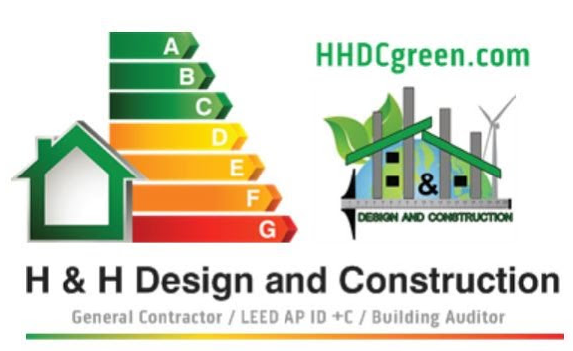
During the month of LOVE we are also celebrating American Heart Month, a very special time to create awareness and get the word out about the importance of a healthy home and a healthy heart. Let me give you some facts about the connection between the air pollution that is inside buildings and the occupants health.
HEART AND HEALTH FACTS:
- Air pollution can affect heart health and can trigger heart attacks and strokes that cause disability and death.
- One in three Americans has heart or blood vessel disease and is at higher risk from air pollution.
- Smoking during pregnancy results in more than 1,000 infant deaths annually.
- Secondhand smoke causes numerous health problems in infants and children, including more frequent and severe asthma attacks, respiratory infections, ear infections, and sudden infant death syndrome.
- Secondhand smoke causes nearly 34,000 premature deaths from heart disease each year in the United States among nonsmokers.
- Secondhand smoke exposure causes more than 8,000 deaths from stroke annually.
- Pollution is also believed to have inflammatory effects on the heart, causing chronic cardiovascular problems.
- Potential health effects and symptoms associated with mold exposures include allergic reactions, asthma and other respiratory complaints.
- Radon is probably the most serious hazard for indoor air in the United States, responsible for tens of thousands of deaths from lung cancer each year
- The World Health Organization states that 40% of all buildings pose a serious health hazard due to poor indoor air quality.
Indoor Air Quality:
U.S. Environmental Protection Agency (EPA) studies show that levels of air pollution inside the home are often two to five times higher than outdoor levels and poor indoor air quality is associated with a host of health problems.
Indoor pollution sources that release gases or particles into the air are a primary cause of indoor air quality problems in homes. Inadequate ventilation can increase indoor pollutant levels by not bringing in enough fresh outdoor air to dilute emissions from indoor sources and by not carrying indoor air pollutants out of the home. High temperature and humidity levels can also increase concentrations of some pollutants.
IMPROVING INDOOR AIR QUALITY IN YOUR HOME
Therefore, during this month of LOVE the best gift you can offer to your love ones is a healthier home and a healthier heart. Whether you live in an apartment or single family home, an old home or a new home there are many ways to protect and improve your indoor air quality. I will share with you some recommendations:
- Stop smoking and discourage smoking inside your home.
- Take steps to minimize biological pollutants: bacteria, molds, mildew, viruses, animal dander and cat saliva, house dust mites, cockroaches, and pollen.
- Reduce or eliminate Exposure to Radon in your Home
- Ventilate the attic and crawl spaces to prevent moisture build-up.
- If mold is a problem in your home, clean up the mold and get rid of the excess water or moisture.
- Fix the source of the water problem or leak to prevent mold growth.
- Reduce indoor humidity (to 30-60%) to decrease mold growth
- Install vents in bathrooms
- Using exhaust fans whenever cooking, dishwashing and cleaning
- Install Carbon Monoxide Detectors
- Reduce Exposure to Household Chemicals
- Avoid exposure to LEAD
- Implement AirPLUS program in your home
Love is in the air, share your love to your family by improving the indoor air quality inside your home. You can implement the best construction practices and the new technologies to decrease the risk of poor indoor air quality in order to improve your health and those around you.
Remember, you can’t buy a Healthy Heart!
If you need more information on how to create a better IAQ on your home, school or business or if you want to have a home assessment to identify potential hazards, please, send an email to info@HHDCgreen.com
By: Maria M. Hernandez
LEED AP / Building Analyst/ General Contractor
H & H Design and Construction

